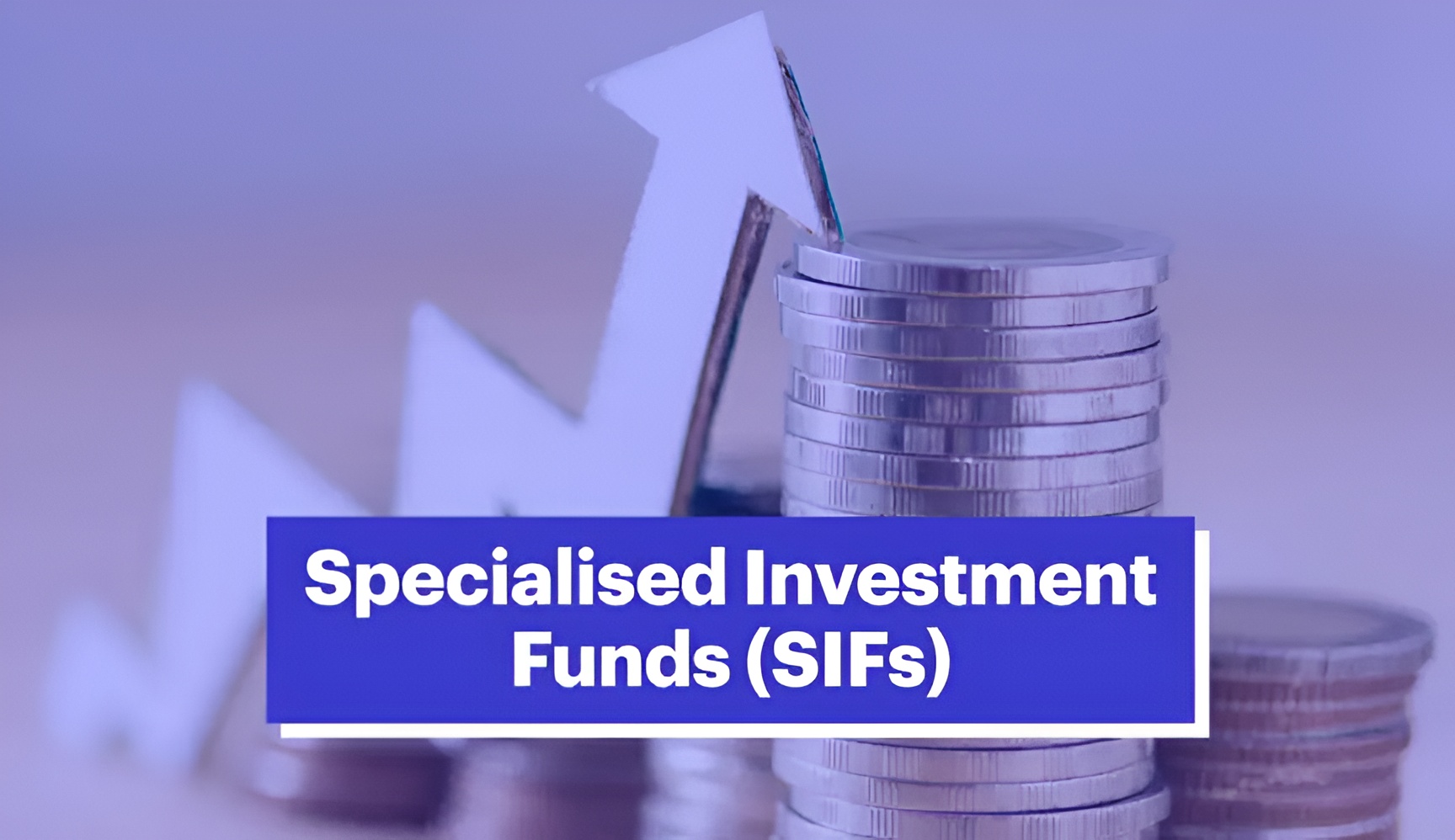Specialised Investment Funds (SIFs) are emerging as India’s next big innovation in investing bridging the gap between mutual funds and portfolio management services, and opening new doors for high-net-worth and market-savvy retail investors.
Sometimes, the most significant revolutions in finance don’t grab headlines. Yet they quietly transform how capital flows and wealth is built. India’s investment ecosystem is witnessing such a shift. At the heart of this change lies the rise of SIFs—Specialised Investment Funds—that offer a powerful blend of flexibility, thematic focus, and professional management.
What Are SIFs?
SIFs are a new category of investment vehicles introduced under SEBI’s regulatory innovation framework. They aim to offer the flexibility and concentration benefits of Portfolio Management Services (PMS) while retaining the accessibility and regulatory discipline of mutual funds. Think PMS-style agility with mutual fund-level transparency.
Broadly, the SIF universe includes two distinct components. First are the SEBI-registered SIFs, designed for sophisticated strategy deployment. Second are Social Impact Funds, a sub-category under Alternative Investment Funds (AIFs) Category I, which seek to generate both financial returns and measurable social impact across sectors such as clean energy, rural fintech, and education.
What Makes SIFs Unique?
SIFs allow fund managers significantly more room to manoeuvre than traditional mutual funds. For example, while mutual funds are restricted to investing a maximum of 10% in a single stock, SIFs can allocate up to 15%, allowing for higher conviction bets. They also enable the use of derivatives, long-short strategies, and exposure to niche, emerging themes such as artificial intelligence, defence technology, and green energy clusters.
Unlike traditional SIP-friendly mutual funds that follow a more passive or benchmark-driven approach, SIFs are built for alpha outperformance over the benchmark. They are especially appealing to high-net-worth individuals (HNIs) and experienced retail investors looking to diversify their portfolios beyond conventional options.
Benefits of SIFs for Investors
SIFs offer multiple advantages for sophisticated investors:
-
Tactical flexibility: Fund managers can implement complex and concentrated strategies with fewer restrictions.
-
Higher return potential: For those with a higher risk appetite, SIFs present an opportunity to generate superior returns in specialized sectors.
-
Thematic and niche exposure: Investors can access underrepresented themes that are typically unavailable in traditional mutual fund structures.
-
Impact investing options: Through Social Impact Funds, investors can align their portfolios with their values—focusing on both profit and purpose.
Risks and Considerations
While SIFs offer compelling opportunities, they come with elevated risks. These funds tend to have a higher beta—meaning they can be more volatile than the broader market—due to concentrated bets, derivative strategies, and sector-specific themes. Liquidity can also be a concern, especially if the fund imposes lock-in periods or invests in illiquid instruments.
Moreover, because SIFs are designed for higher alpha, it’s crucial to assess them using risk-adjusted return metrics such as the Sharpe ratio, which measures the return earned per unit of risk. Investors should also pay close attention to the fund’s strategy, transparency, and alignment with their own investment horizon and risk tolerance.
Are SIFs Accessible to Retail Investors?
Historically, SIFs were accessible only to institutions and HNIs, primarily due to high minimum investment thresholds—often starting at ₹10 lakh or more. However, SEBI is gradually working toward democratising access. For instance, the introduction of Zero Coupon, Zero Principal (ZCZP) instruments on social stock exchanges is allowing retail investors to participate in impact-oriented funds with lower entry barriers.
As AMCs explore retail-compatible SIF formats and SEBI continues refining the regulatory structure, broader accessibility could soon become a reality.
Who’s Active in the Market?
The SIF space in India is rapidly gaining traction. For example, Edelweiss Mutual Fund has launched its Altiva SIF platform, which will follow a hybrid long-short strategy. The fund is currently awaiting SEBI approval. Meanwhile, major players like HDFC AMC, ICICI Prudential, and Nippon India are exploring thematic and long-short strategies under the SIF banner.
In the impact investment space, firms such as Aavishkaar, Omnivore, and Elevar Equity are driving innovation through social impact funds. They focus on sectors like affordable healthcare, clean drinking water, rural finance, and more.
Additionally, venture capital funds like Sequoia India, Accel, and Blume Ventures are backing early-stage technology and social startups. On the private equity side, firms such as KKR, Carlyle, and Blackstone are investing in mature, unlisted companies across India’s growth sectors.
Final Thoughts: Are SIFs the Future of Investing in India?
India’s financial markets are evolving rapidly, and so are the preferences of its investors. SEBI’s efforts to blend innovation with strong regulatory oversight are allowing next-generation financial products like SIFs to emerge and thrive.
SIFs are not for everyone. They require thoughtful risk assessment, a clear understanding of fund strategies, and a longer-term investment view. But for those who seek diversification, higher returns, or impact-aligned investing, SIFs represent a bold, intelligent way forward.
Whether you’re aiming to outperform the market or make a difference with your capital, SIFs could be the next major building block in your investment journey.
Source: Moneycontrol










